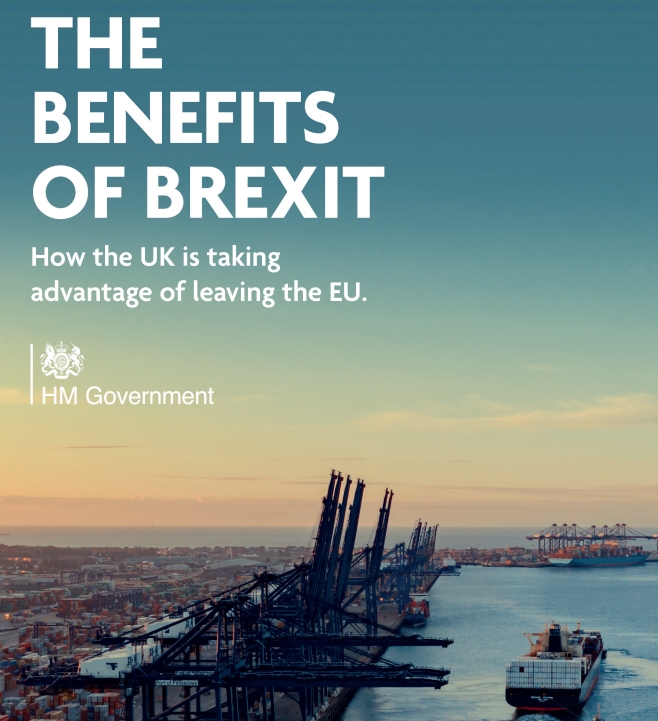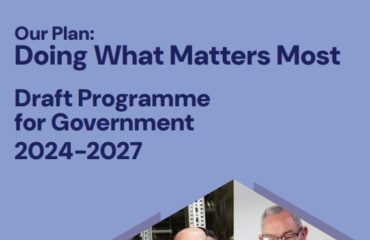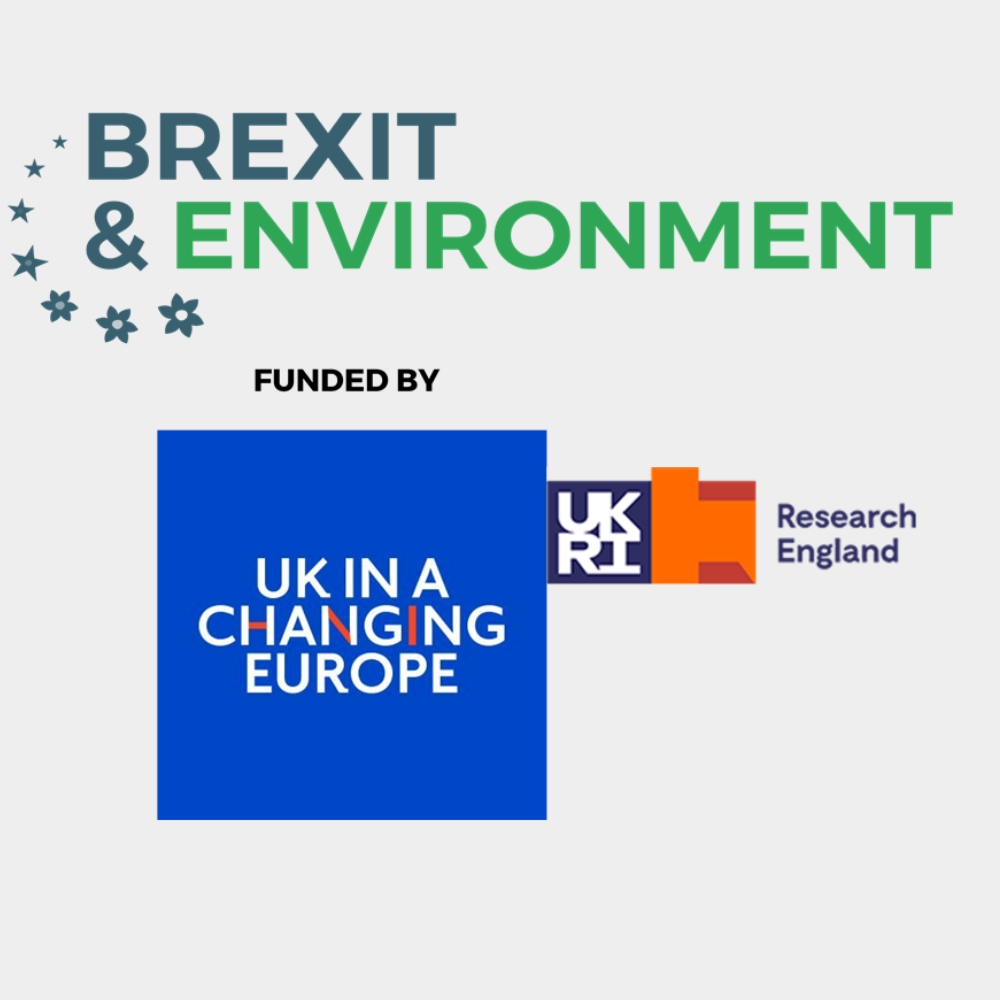‘The Benefits of Brexit’….and what this may mean for the environment

Since the EU Referendum, three competing visions for post-Brexit environmental governance have been articulated. First, a deregulatory vision, with slimmer, simpler regulation, less constraining for businesses (think ‘Singapore on Thames’). Second, Gove’s vision of ‘rivalrous emulation’, whereby the UK and the EU compete against each other to be environmental leaders. Third, a vision of shared ambition and managed divergence, put forward by the devolved administrations, most notably in Wales and Scotland. In this third vision, parts of the UK will align with the EU (or rest of the UK) while others may diverge, and the impact of these divergences on intra-UK relations should be managed cooperatively.
In order to celebrate two years since Brexit day, the UK government published a 108-page report on the “Benefits of Brexit” on 31 January 2022. The report has been criticized as a “mish-mash of vague aspirations and things which didn’t need Brexit to do, plus a (very) few genuine but fairly marginal benefits” (Chris Grey). But it nevertheless offers an interesting window into what the government sees as its achievements over the last few years, and of its Brexit-inspired regulatory priorities. From an environmental perspective, it also offers an opportunity to take stock of which of the three competing visions currently has the upper hand in Whitehall.
World leading, always first – a skewed environmental vision
The report is mostly future facing. It paints a picture of the UK government as a first mover and a highly ambitious environmental actor: “our strategy for net zero is to lead the world in ending our contribution to climate change” and “our aim is to deliver the world’s first net zero compliant cap and trade market” (p.85).
But the Climate and Environment section contains the usual limitations of much Whitehall work on Brexit and the environment. First, that it is creating UK frameworks, and not acknowledging that it is a framework for England (“We are now able to design a framework for doing so that specifically supports the UK and its priorities”). Second, acting as if EU rules do not exist, and barely mentioning cooperation with the UK’s former European partners. Thus, far from being “the first” on single-use plastics, England is playing catch-up.
The UK government’s consultation on “banning single use plastic cutlery, plates and polystyrene cups” would simply put England in line with the EU 2019 Single-Use Plastics directive. This is already part of the EU law that Northern Ireland must comply with under the Northern Ireland Protocol, and a directive that both the Welsh and Scottish governments have already opted to comply with voluntarily. This won’t always be the case – in some areas, England or the UK may indeed move first. For example, while the EU only bans the export of hazardous and hard to recycle plastic waste to non-OECD countries, the UK government plans to go “further than the EU on banning the export of plastic waste to non-OECD countries, [and] our commitment is not limited to just one category of plastic waste like the EU’s ban.” (p.88).
Regulatory reform plans cast long shadow on environmental action
This UK government and many of its predecessors have repeatedly extolled the virtues of Better Regulation and made promises to cut (EU) red tape (see e.g. Sajid Javid’s 2019 a “Brexit Red Tape Challenge”). The report repeats the oft-debunked claim that “an estimated 80% of our environmental regulation came from the EU”. But regardless of exact percentages, environmental policy is particularly exposed to any drive to cut EU regulation or “red tape”.
The mirage of massive cuts to EU red tape appears always slightly out of reach but always worth seeking – this time with a promise of 1 billion pounds of savings, though, as Charlotte O’Brien reports, few details on how this would be delivered. This is again not very surprising. Countries around Europe (and the EU itself) have repeatedly made such promises with quite problematic methodologies on how savings are calculated. The EU for example claimed in 2012 to have saved businesses over 30 billion euros annually (or a 25% reduction in existing administrative burdens). This raises two issues for the UK government: first, it may be more difficult to trim EU red tape after Brexit, if it’s already been trimmed while the UK was an EU member. Second, in comparison, a 1 billion saving (whatever you may think of the methodology underpinning it) appears very small indeed.
As Sylvia de Mars argue, plans to simplify how government ministers can amend ‘retained EU law’ raise clear concerns about parliamentary oversight. Under these plans, government ministers could modify retained laws using statutory instruments. The House of Commons has only rejected 11 statutory instruments since 1950, calling into question the extent to which MPs could influence these modifications. For environmental groups and wider civil society this means that major changes to environmental rules could happen via a much less transparent route, under the radar of either public or expert scrutiny.
Beyond Parliament, as Jack Sheldon explains, this matters also for devolution. How retained EU law is to be amended, to what extent and through what processes is at the heart of the long-negotiated Common Frameworks programme. As such, confirmation the UK government “will not seek to make changes to retained EU law within Common Frameworks without following the ministerially-agreed processes in each framework” (p.34) is welcome. Yet this does not fully address concerns either of an England-driven race to the regulatory bottom or a lack of transparency. The Common Frameworks programme is very patchy in its coverage of environmental rules – key areas, such as water quality are excluded, thus there would be no requirement for coordination between the four administrations on deregulating this sector. Second, the Common Framework process itself lacks transparency – it is an intergovernmental process with limited scope for oversight by Parliaments and stakeholders.
This report shows the UK government once more torn between three competing visions. Pursuing strong deregulation of environment and agriculture rules, even by going through Common Frameworks, will put the UK government at odds with the devolved administrations which either must (Northern Ireland) or want to (Wales, Scotland) keep their regulatory framework oriented towards the EU. Westminster may risk triggering a regulatory race to the bottom – as foreseen during debates on the Internal Market Act. And finally, whether and how the UK government combines yet another deregulation drive with being ‘world leading’ on the environment and climate action remains to be seen.




